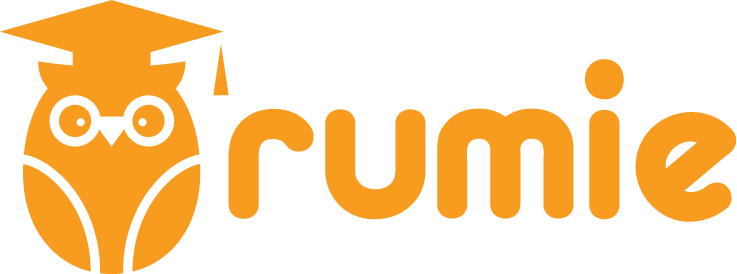Studies show that people who set long-term goals are 10x more likely to succeed in their careers.
Where do you start?
 Photo by Vitaly Gariev on Unsplash
Photo by Vitaly Gariev on UnsplashCreating meaningful, long-term professional goals will help transform those aspirations into achievable steps.
By setting specific targets and consistently tracking achievements, you will follow a career roadmap that is truly your own.
Define Your Goals
To create those long-term professional goals, discover what you'd like to achieve.

Establish specific goals that may fit the direction you want to follow:
Skill development: sharpen or develop key job skills to take on new challenges.
Career advancement: working towards moving up — ex. leadership roles, career change, or promotions.
Other professional goals: building a sustainable career around freelancing or entrepreneurship — ex. growing a personal brand.
After I graduated, I realized that I wanted to develop new technical skills (ex. learn new digital software) to break into a field. It was a great start in thinking about my long-term professional goals.
Reflect on Your Vision
Beyond what you want to do, connect your goals to purpose.

Ask why these goals matter to you and where you want to be in the next few years. Having a clear reason makes it easier to stay dedicated.
Reflect on these questions:
Who do you want to impact through your work?
What causes are you passionate about?
Where do you envision yourself being in the next few years?
Writeand create a personal vision statement to guide you.
For example:
My goal is to be a leader in my field, and to use my skills to make a difference in people's lives.
Apply the SMART Framework
The SMART framework is a great tool to ensure your professional goals are clear and attainable.
I found that when my goals are grounded in reality, success is easier to achieve.
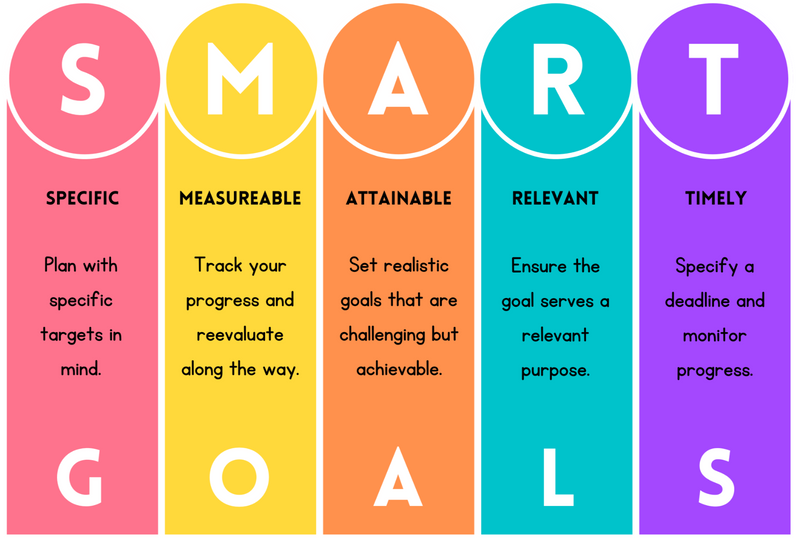 Image created by Olivia Boakye using Canva
Image created by Olivia Boakye using Canva
SMART stands for:
Specific: What exactly do you want to achieve? Plan with specific targets in mind.
Measurable: How will you know when you will achieve it? Track your progress and reevaluate along the way.
Achievable: Is this goal realistic and attainable to you? Set goals that are challenging but achievable.
Relevant: Why does this goal matter to your career and purpose? Ensure that the goal serves a relevant purpose.
Time-Bound: What is your timeline for achieving this goal? Specify a deadline and track your progress.
I like to use this framework by writing it down to reference and keep myself motivated.
If you prefer digital, no problem! Check out these goal-setting apps.
Learn more about SMART goals with clear examples in this short video:
Meet Alex:

Alex has worked as a junior developer for two years and wants to become a team lead in five years. Consider the following statements below:
A. "I will work hard on my projects so I can move up quickly."
B. "I will aim to get promoted when my manager thinks I'm ready."
C. "In five years, I will become a team lead by completing leadership training, mentoring new hires, and applying for promotions."
D. "In five years, I'll be a respected leader in the tech industry."
Quiz
Which statement best represents a SMART long-term goal?
Create a Career Roadmap
Once you have defined, reflected on, and established your goals, creating a plan of action helps organize your long-term professional goals step-by-step.
Here is a guided example of a career roadmap:
 To hear an audio version of the information in the image above, click the play button on the audio player below:
To hear an audio version of the information in the image above, click the play button on the audio player below:
The career matrix organizes each parameter to visualize how education, experience, and age can connect with your career progress.
Tips for success: 💡
Update your qualifications when you get new skills and experiences.
Seek mentorship to help gain clarity and tackle confusion.
Stay Flexible
Some long-term professional goals can span years, so creating actionable goals using the SMART goal and career framework is essential.
It is just as important to remain flexible throughout your progress. This means being open to change and ready to adjust your plans as needed.
For example, you may set a SMART goal like:
I will design a professional blog on workplace wellness within a year to advance into leadership projects.
If new opportunities come up (ex. a shift in interests or skills), you can reassess the content and timeline to stay aligned with your vision.
To practice staying flexible:
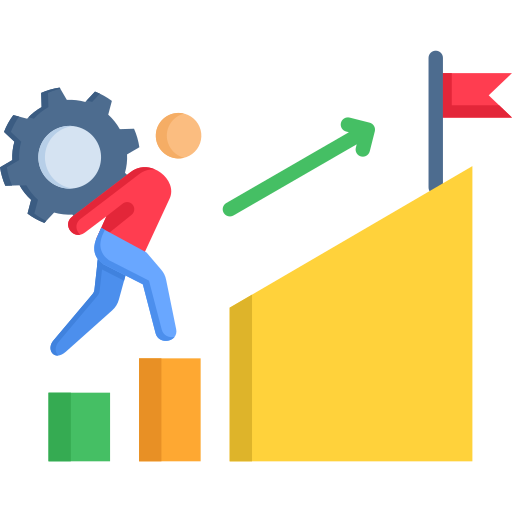
Be Ready for Challenges
Being proactive about potential setbacks will help you stay better equipped for them down the road.
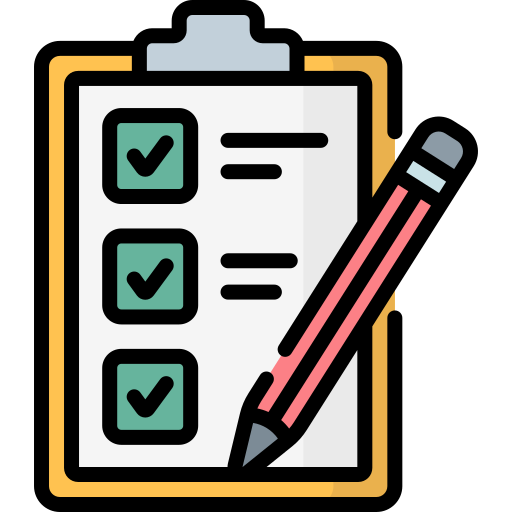
Adapt Your Goals if Needed
Long-term goals can change, so be willing to adapt.

Keep Track of Gains
Frequently review your progress and how far you’ve come. It is great to remind yourself of your efforts!

Celebrate Progress
Share and acknowledge even your small accomplishments!
It is never too late to plan or work a path for your professional goals. No matter what stage of your career you are at, these steps can provide amazing benefits and serve as a valuable tool at any point in your life!
Take Action
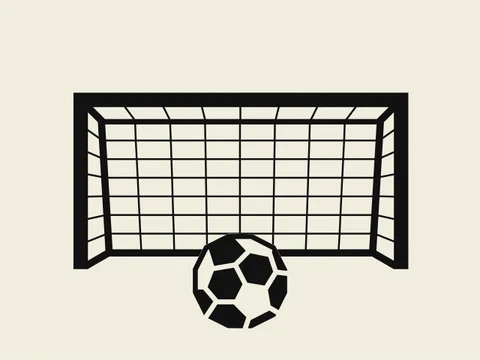
Your feedback matters to us.
This Byte helped me better understand the topic.
